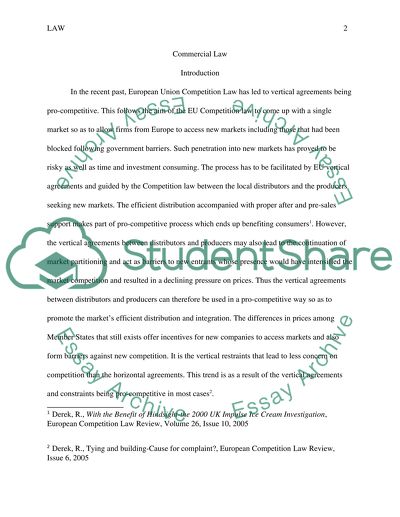Cite this document
(“European Union Competition Law Essay Example | Topics and Well Written Essays - 1750 words”, n.d.)
Retrieved from https://studentshare.org/law/1396014-european-union-competition-law
Retrieved from https://studentshare.org/law/1396014-european-union-competition-law
(European Union Competition Law Essay Example | Topics and Well Written Essays - 1750 Words)
https://studentshare.org/law/1396014-european-union-competition-law.
https://studentshare.org/law/1396014-european-union-competition-law.
“European Union Competition Law Essay Example | Topics and Well Written Essays - 1750 Words”, n.d. https://studentshare.org/law/1396014-european-union-competition-law.


